How to look at your Early Years environment with fresh eyes?
Release Date: December 10, 2019
Last Updated: February 18, 2022
Look at your environment with FRESH EYES.
See through the eyes of a child!
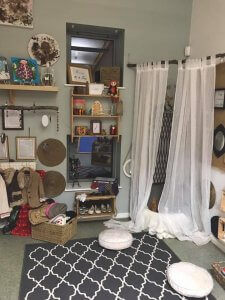
Environments don’t have to be a primary colour explosion to appeal to little children.
Playspaces don’t need to be jam-packed with manufactured plastic toys, for children to learn & play.
Neutral play spaces don’t have to feel bland & boring & “ like the inside of a Weetabix box.
Quite the opposite.
At The Curiosity Approach® we can give you sneak peek previews into our nurseries, however, it’s far more than recycled materials, loose parts & authentic resourceS. It’s far more than a few apple crates & getting rid of plastic.
Does your tribe understand WHY & HOW?
We advocate that an environment “Should feel like an extension of home and not a watered down version of school.” Our little babies and infants are not meant for institutionalised environments, they need to feel loved, nurtured and secure in a home from home setting. Therefore as educators, we need to provide places, that feel cosy and comfy. With soft furnishings cushions and drapes, places to sit and snuggle, to feel a sense of ‘Belonging. Mana whenua ‘
Heavily influenced by Te Whariki The New Zealand Curriculum which helps to understand links between educational settings and the familiar wider world, through smells, sounds, objects. It’s about ensuring children grow up as capable confident learners healthy in mind, body and spirit
Entwined in The Curiosity Approach® Pedagogy is inspiration taken from Waldorf Steiner and Loris Malaguzzi
The environment as ‘The Third Teacher’
Reggio Emilia identifies the value of the environment as ‘the third teacher’, whereby physical places have the potential to influence what and how children learn.
‘Reggio Emilia identifies a 3rd teacher between child, teacher, and parent: the environment. In its attention to how space can be thoughtfully arranged, Reggio Emilia has reconceptualised space as a key source of educational provocation and insight. In what ways does this idea support and challenge existing understandings within early childhood education? Learning environments should engage and foster a sense of ownership and respect when they are aesthetically pleasing, reflect the identity and culture of children and families, and encourage a connection to place.’ Children and place
“As such, the physical environment is never simply a backdrop to the curriculum; it is an integral part. An environment with rich and built-in learning opportunities also frees educators to interact with children”. (Educators: My Time, Our Place)
Characteristics of a wondrous engaging environment
Gaining inspiration from the Austrailian Early Years Framework Belong, being and becoming, The environment as the third teacher should have the following characteristics:
Open-ended resources
Your environment should, therefore, provide a wealth of large and small open-ended resources, which allow children to be the directors and pilots in their own play. An open-ended resource is something that can be used in a multitude of ways. it has no fixed purpose.
These can be anything from pine cones, bottle tops, planks of wood to pieces of material. cable reels, milk crates to scrap store items. Unlike a fixed purchased toy, they have no defined outcome or use. If we do not value the play space in which they engage? It’s a message that coveys how much educators have thought about and value the children within. Only through the availability of thoughtfully well maintained and presented resources will children be curious to come and play. Curiosity is the spark that ignites all learning.
A balance of experiences
A balance of experiences facilitates shared thinking, including curiosity, exploration, experimentation and hypothesising.
Areas dedicated to experiences
For example, art and craft, books and literacy, blocks and building materials – can help children’s engagement and learning. Providing opportunities to experiences real-life resources, adult clothing, handbags and clippy cloppy shoes. Recycled mobile phones, handbags and purses. Recycled pots and pans and kitchen utensils instead of plastic child-sized toys. Toys are pretended! Let’s allow children to reenact in real-life experience through the use of real-life resources. Eclectic beautiful and diverse!
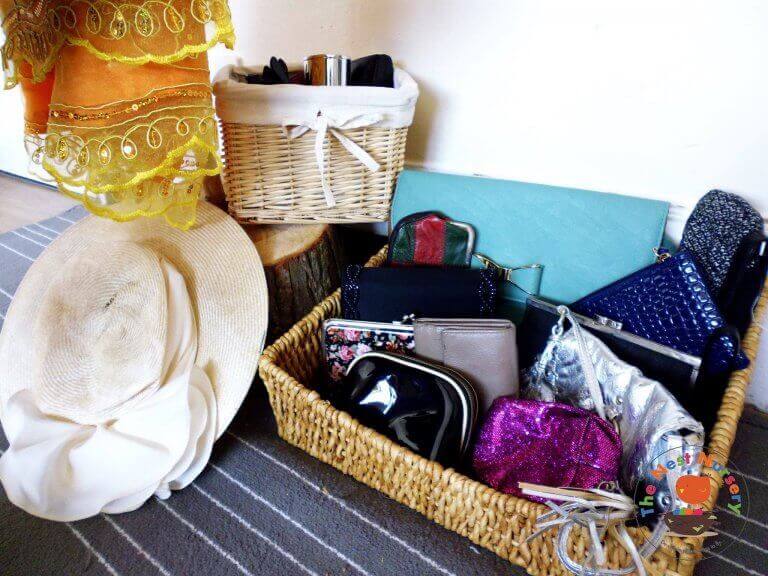
Flexible
Children are the directors and pilots in their own play, they choose the direction of their play from well-presented resources. As adults, we are the facilitators and scaffolders to their learning. There to support, model and be researchers together in play. Resources should allow flexibility and freedom to transport, move and mix up resources.
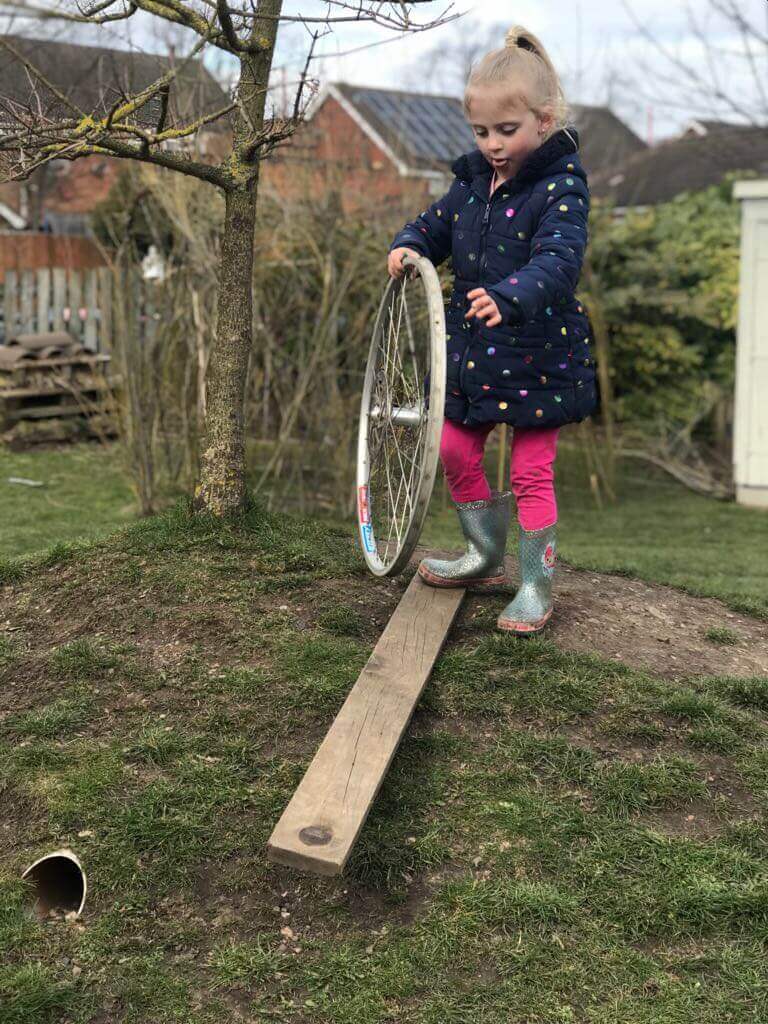
Recycling and reusing
Recycling, rethinking and repurposing of resources, furniture and equipment promote awareness of sustainable practices. This provides opportunities for children to problem solve and is creative in ways that develop their respect for the environment and thoughtful use of limited natural resources. The opportunity to experience risk-taking through the use of ceramics and breakables. How can children ever learn consequences, if everything is plastic and indestructible?
Further reading and reference are given to ACECQA website acecqa.gov.au
Eclectic beautiful resources
A wide range of diverse and unique resources allowing children to be curious, inquisitive and engaged.
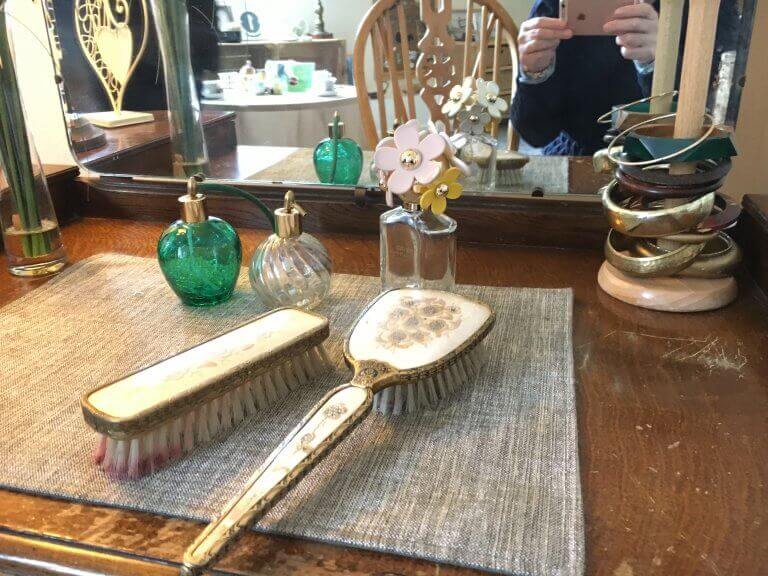
Places to tinker and explore
Items resources or authentic materials set up at a child’s height, hidden away in places only a child will discover or find. Thoughtful contributions to any play space. Pockets of awe and wonder.
RETHINK?
Is your environment tired and cluttered?
Unloved and uncared for?
What message is this conveying to the children who enter your setting?
Look at your environment with fresh eyes
The Curiosity Approach® settings, we believe that beautiful environments not only benefitthe children but the tribe also. For this reason, when adults, parents and carers find themselves in beautiful, magical and wondrous play spaces, environments that are full of wonder, discovery and intrigue, places that feel calm and tranquil, loved and respected, they too feel intrigued, passionate and motivated to become deeply engaged participants in children’s play and learning.
If you want to improve outcomes for children and staff, it’s important that the tribe, your team are all working together to make a change. That they all understand the importance of an enabling environment for children.
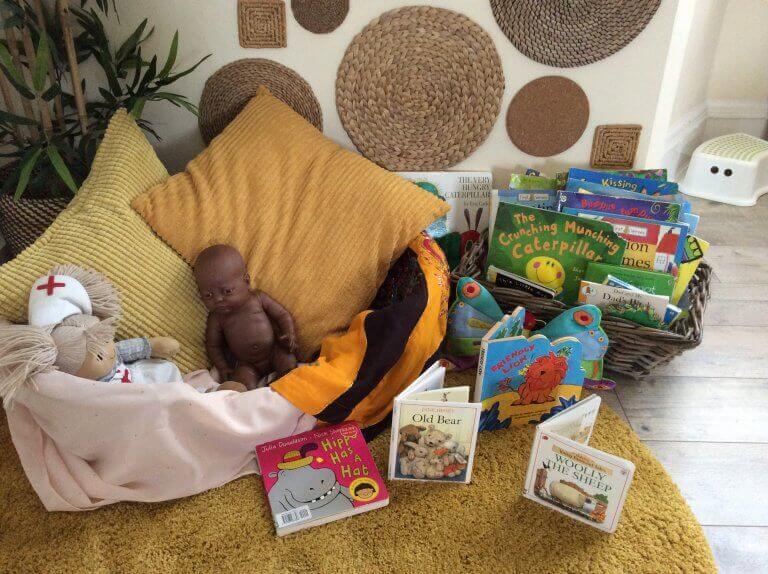
If your tribe understand what your environment feels like to be a child within your setting, they too will be eager to learn.
To learn in a positive and happy place that is a delight to develop and grow, both professionally and personally.
Want to know what it looks like through the eyes of a child? Get down to their level and see through their eyes.
What does it LOOK LIKE?
HOW does it FEEL?
- Does your environment look inviting from a child’s viewpoint, GET DOWN on the floor and see it from a child’s perspective.
- Do you offer invitations to come to explore, play and be curious as child’s level
- What can you ACTUALLY SEE?
- How does it actually FEEL like, warm and inviting, cold, drafty and untidy?
- Is there unswept sand that can be uncomfortable for delicate babies knees, or is there soft places to crawl and explore?
- Are items and resources presented at the child level, to capture a child’s attention, to draw them in! A subliminal invitation to be CURIOUS, EXPLORE AND PLAY?
- Perhaps there is rubbish and clutter shoved under desks away from adults view, which is sadly in a child’s eyesight and play vision.
- Look with fresh eyes, what can you see?
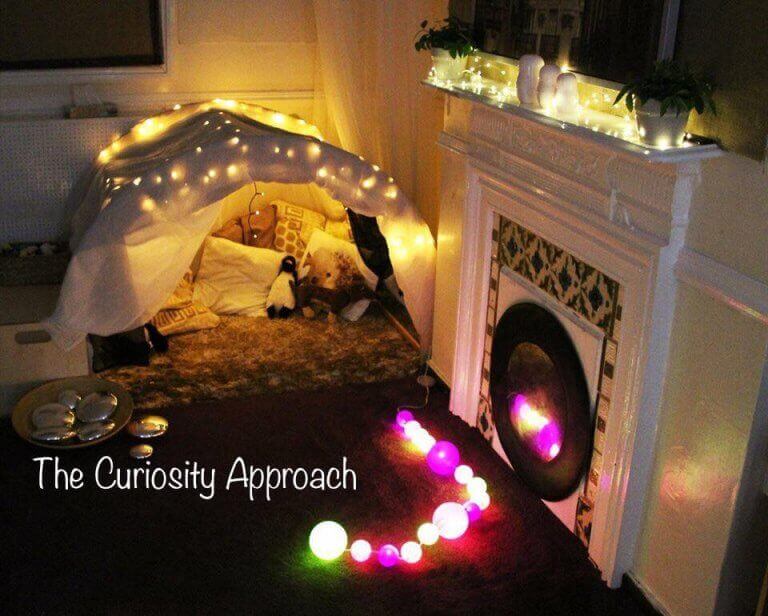
CHALLENGE
Go into your classrooms and lie on the floor or sit in the centre of the room. Take several minutes to consciously view the environment through fresh eyes, the eyes of a child. Record your findings, through notes, reflective practice or photographs.
Alternatively ask the children to take photographs of places within the environment, which they think are messy and unloved!
Places they dislike playing, or going?
Perhaps pockets of your environment need some TLC and you just haven’t noticed! Now is the time to look through the eyes of the child and take a fresh look at your play spaces.
The Curiosity Approach® we have created an online toolkit that will most certainly help your tribe have the solution to change & transformation. Above are just a few solutions to help you begin your journey. Helping you and your tribe create thoughtful, mindful and curious playspaces for your children.
https://www.thecuriosityapproach.com/accreditation
Children deserve play spaces that reflect how utterly incredible & amazing they are
“Children are miracles. Believing that every child is a miracle can transform the way we design for children’s care. When we invite a miracle into our
lives we prepare ourselves and the environment around us. We may set out flowers or special offerings. We may cleanse ourselves, the space, or our
thoughts of everything but the love inside us. We make it our job to create, with reverence and gratitude, a space that is worthy of a miracle! Action
follows thought. We can choose to change. We can choose to design spaces for miracles, not minimums.”
— Anita Rui Old
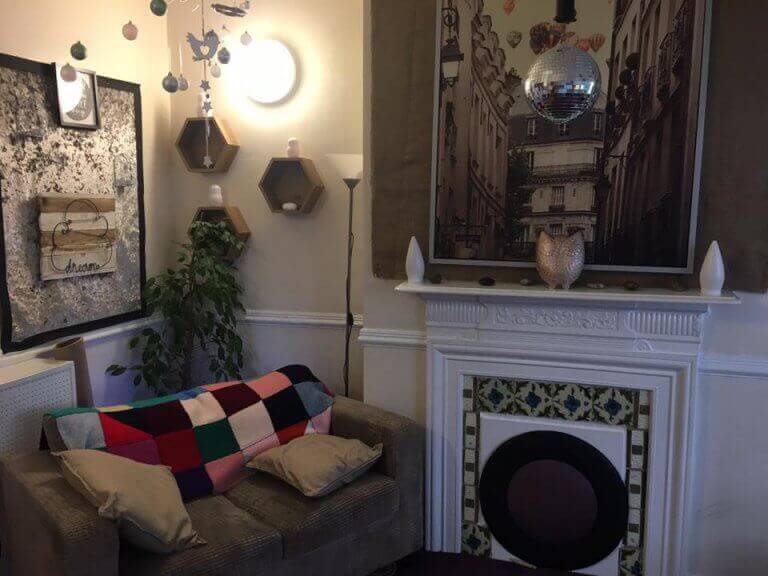
Follow us on our Facebook and Instagram page. Join us in the FRESH EYES CHALLENGE
What things will you notice?
Together we can all make positive change for our precious little miracles and in turn create places of happiness and laughter, inspiration and motivation for our mindful tribe.
Are you curious to see how well you are implementing The Curiosity Approach?
Written by Stephanie Bennett

Take the quiz here
Copyright ©The Curiosity Approach 2021 All Rights Reserved
All files and information and images contained in this Website or Blog are copyright-protected by The Curiosity Approach Ltd, and may not be duplicated, copied, modified or adapted, in any way without our written permission. Our Website or Blog may contain our service marks or trademarks as well as those of our affiliates or other companies, in the form of words, images, graphics, and logos. Your use of our Website, Blog or Services does not constitute any right or license for you to use our service marks or trademarks, without the prior written permission of The Curiosity Approach Ltd. Our Content, as found within our Website, Blog and Services, is protected under UK and foreign copyrights. The copying, redistribution, use or publication by you of any such Content, is strictly prohibited. Your use of our Website and Services does not grant you any ownership rights to our content



